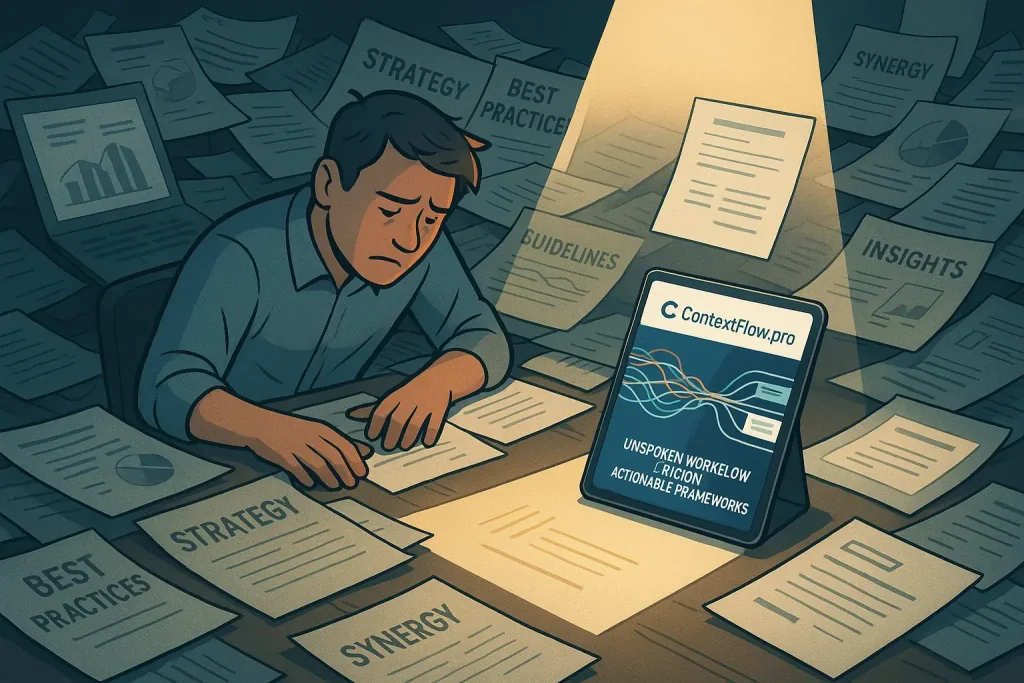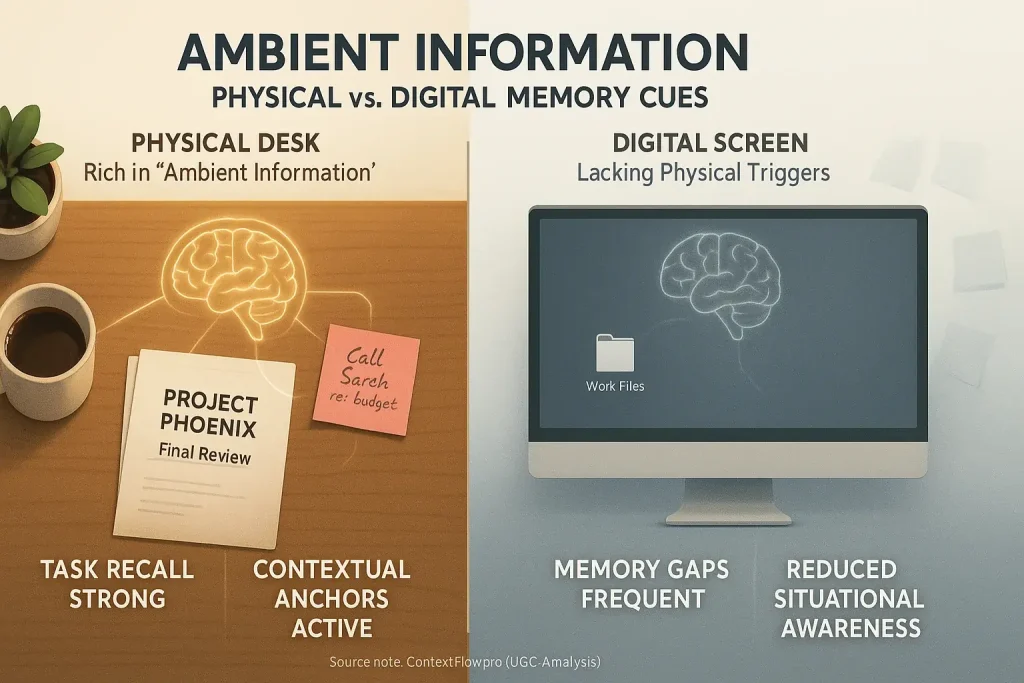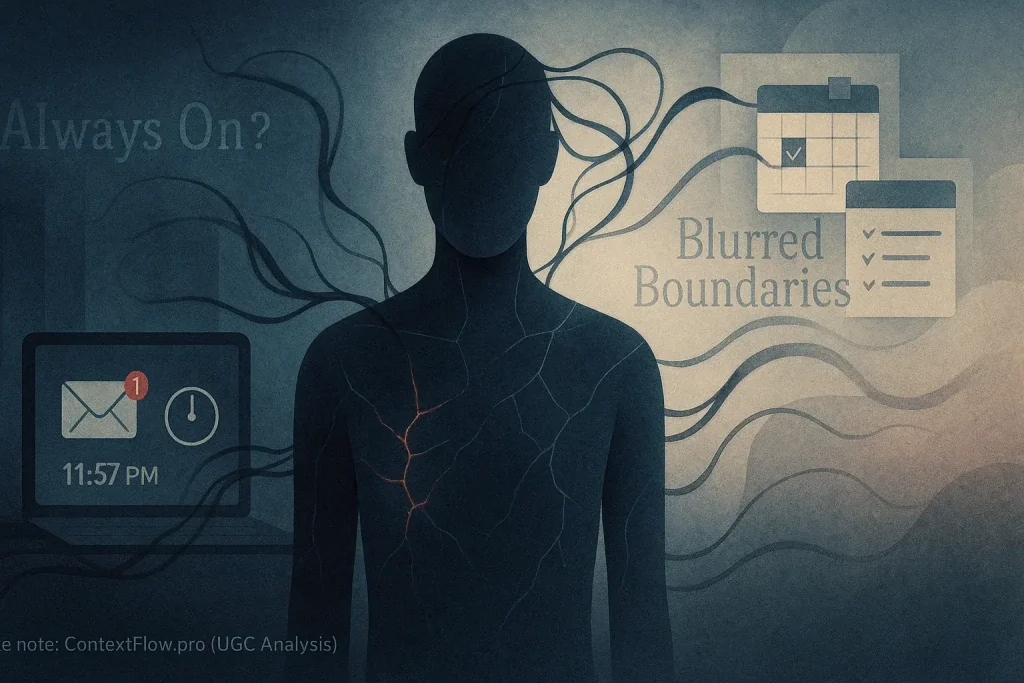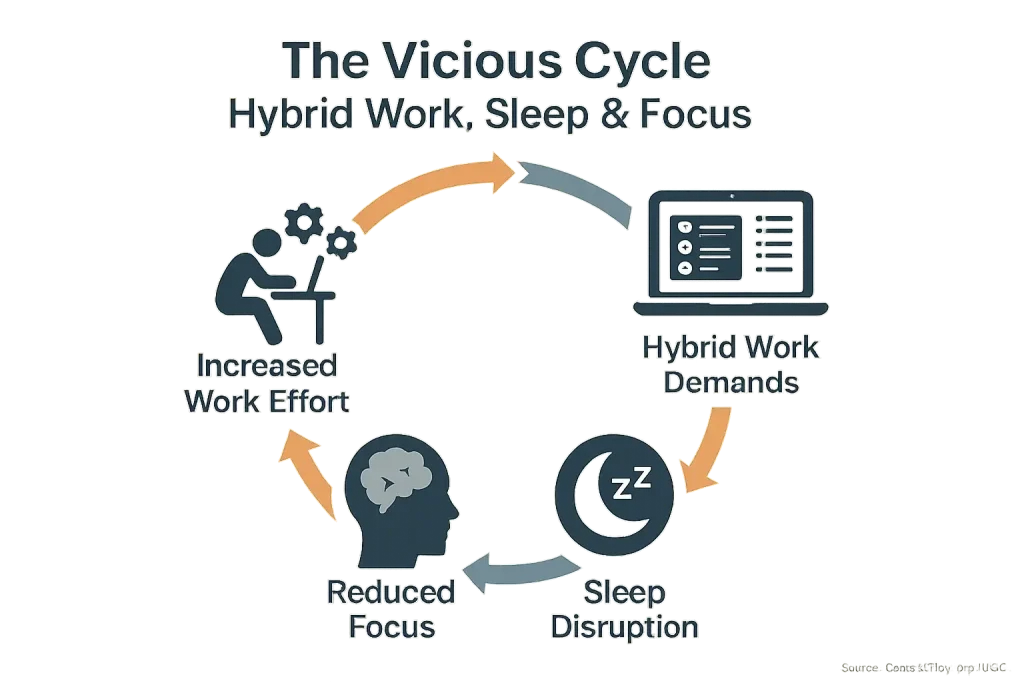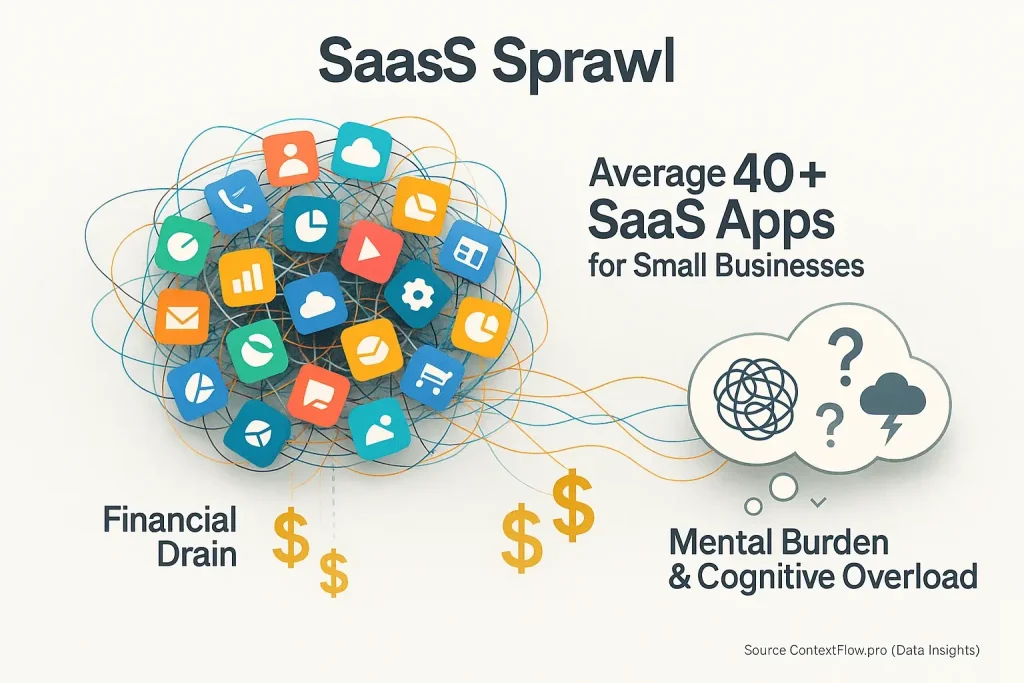The Echo Chamber of 'What Did We Decide?': Why Hybrid Meeting Decisions Often Fall Apart
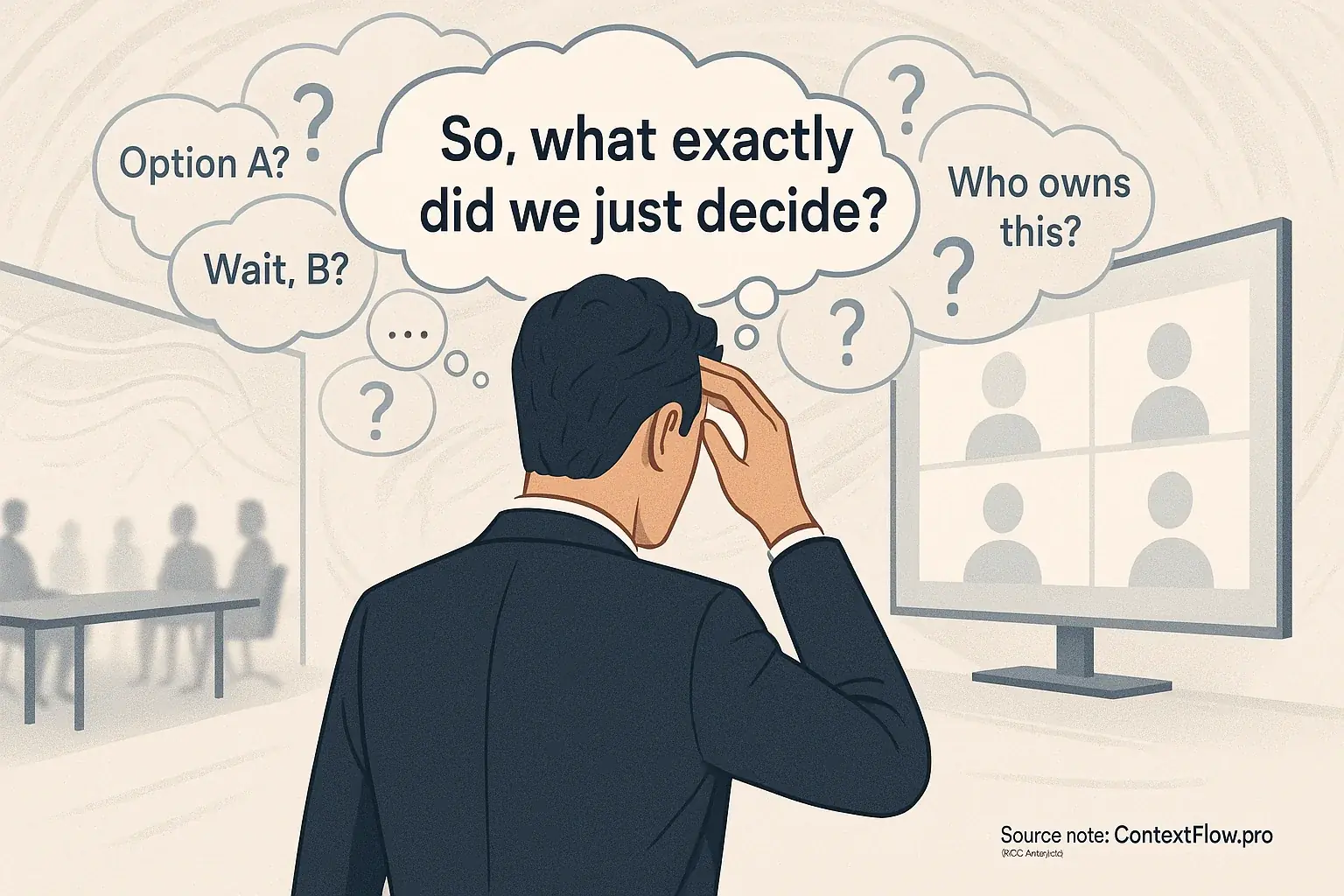
Ever leave a hybrid meeting wondering, 'So, what exactly did we just decide?' You are not alone. This uncertainty forms an echo chamber. Many professionals experience this frustrating reality. Decision ambiguity plagues hybrid work.
Hybrid dynamics complicate clear decision-making. This is an unspoken truth. The mix of physical and virtual attendees creates unique barriers. Remote voices can get lost. In-person sidebars muddy waters. Clarity suffers.
These unclear decisions are not minor issues. They cause real damage. Wasted time frustrates everyone. Duplicated efforts drain resources. Organizations drift without clear direction. Users consistently report these serious outcomes.
The Fog of Consensus: Why Hybrid Decisions Lack Clarity (User Confessions)
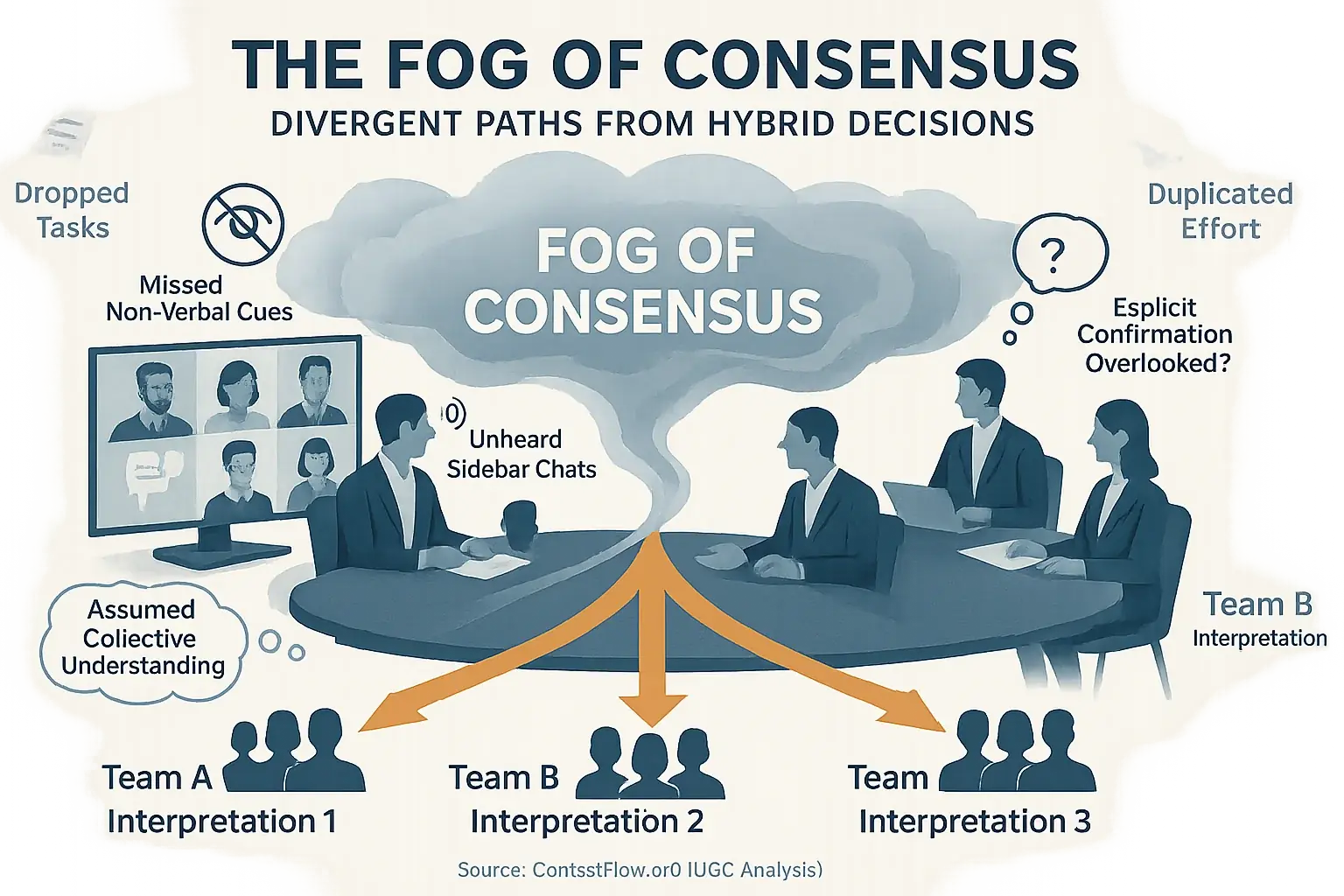
Hybrid meetings frequently generate a 'fog of consensus'. Apparent agreement often masks deep ambiguity. Imagine this: a spirited discussion concludes. Heads nod enthusiastically. The video call ends. The next day? Three different teams pursue three different interpretations of the supposed 'agreement'. Our analysis of user confessions reveals this scenario is a painfully common pitfall, a recurring source of workplace friction.
Hybrid environments unfortunately amplify this decision fog. Remote participants consistently report missing crucial non-verbal cues or sidebar conversations. In-person attendees, caught in their own dynamic, might assume a collective understanding. They often neglect to seek explicit confirmation from every single participant. Consequently, 'decisions' are noted. True, shared clarity, however, remains elusive for many involved, breeding future confusion.
What are the tangible outcomes of this persistent unclarity? Our synthesis of user experiences reveals a troubling pattern. Critical tasks frequently fall through the cracks. Teams unknowingly duplicate effort, wasting valuable resources and time. Frustration escalates. Inter-team conflicts can ignite, all stemming from that initial lack of a crystal-clear directive. Users repeatedly describe a subsequent, debilitating 'decision paralysis'. Forward momentum stalls simply because the foundational agreement was never truly solidified or understood by all.
The 'Room Where It Happens' Effect: How In-Office Voices Unintentionally Dominate Hybrid Decisions
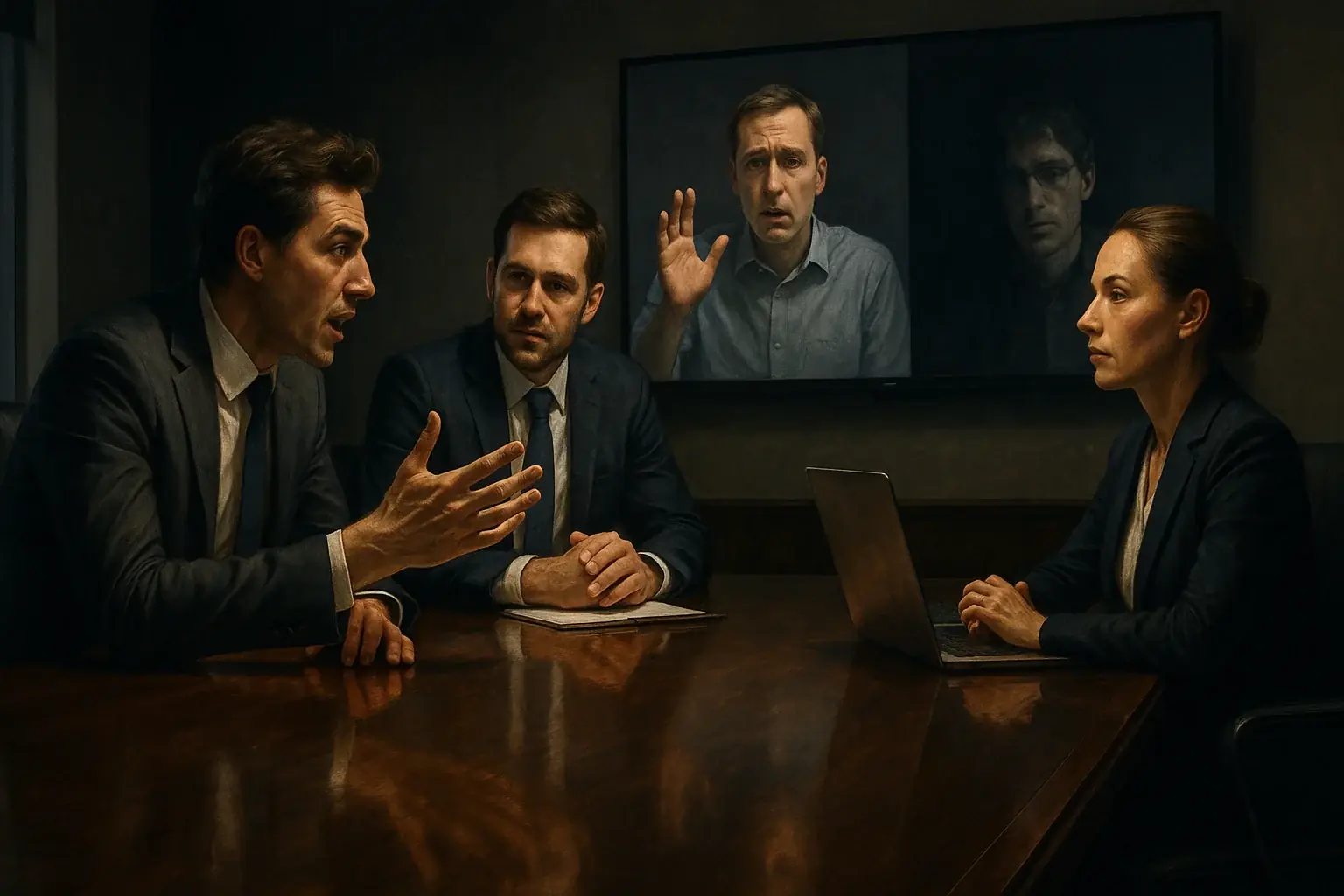
Hybrid meetings often create a 'Room Where It Happens' dynamic. In-office voices frequently dominate decision-making processes. This leaves remote participants feeling sidelined. Remote users often report feeling like they are watching a play, not participating in the action, especially during crucial decision points. This imbalance undermines voice equity.
The unspoken truth? This dominance is rarely intentional. Natural human interactions drive it. Easier eye contact within the physical room facilitates quicker consensus among those present. Spontaneous side chats among co-located staff occur organically. Sheer physical presence often sways outcomes, sometimes inadvertently overlooking remote perspectives and non-verbal cues from afar.
Such imbalances yield clear negative results. Remote team members can quickly disengage when their contributions struggle for airtime. Their valuable insights, offered from a different context, might never fully surface. Decisions consequently risk lacking true, comprehensive team buy-in. Our analysis of user experiences reveals a consistent frustration: remote input often feels secondary, impacting overall influence parity.
The Consensus Conundrum: Why Hybrid Teams Struggle to Reach True Agreement

Hybrid teams frequently encounter a consensus conundrum. Achieving genuine agreement proves difficult. Superficial nods often mask true feelings. User insights reveal a common frustration. "It's not just getting nods," one shared. "True understanding and commitment are harder in a hybrid room."
Hybrid environments amplify communication gaps. This is an unspoken truth. Tone misinterpretations become frequent. Missed non-verbal cues hinder accurate understanding. Pressure to conclude meetings quickly mounts. Users report agreeing simply to end prolonged discussions. This fosters false consensus.
Decisions born from false consensus are inherently weak. These decisions are frequently revisited. Underlying disagreements can even lead to quiet sabotage later. Team trust erodes significantly. Progress inevitably slows to a crawl.
The Post-Meeting Black Hole: Why Hybrid Decisions Get Lost in Translation (And What Users Do About It)
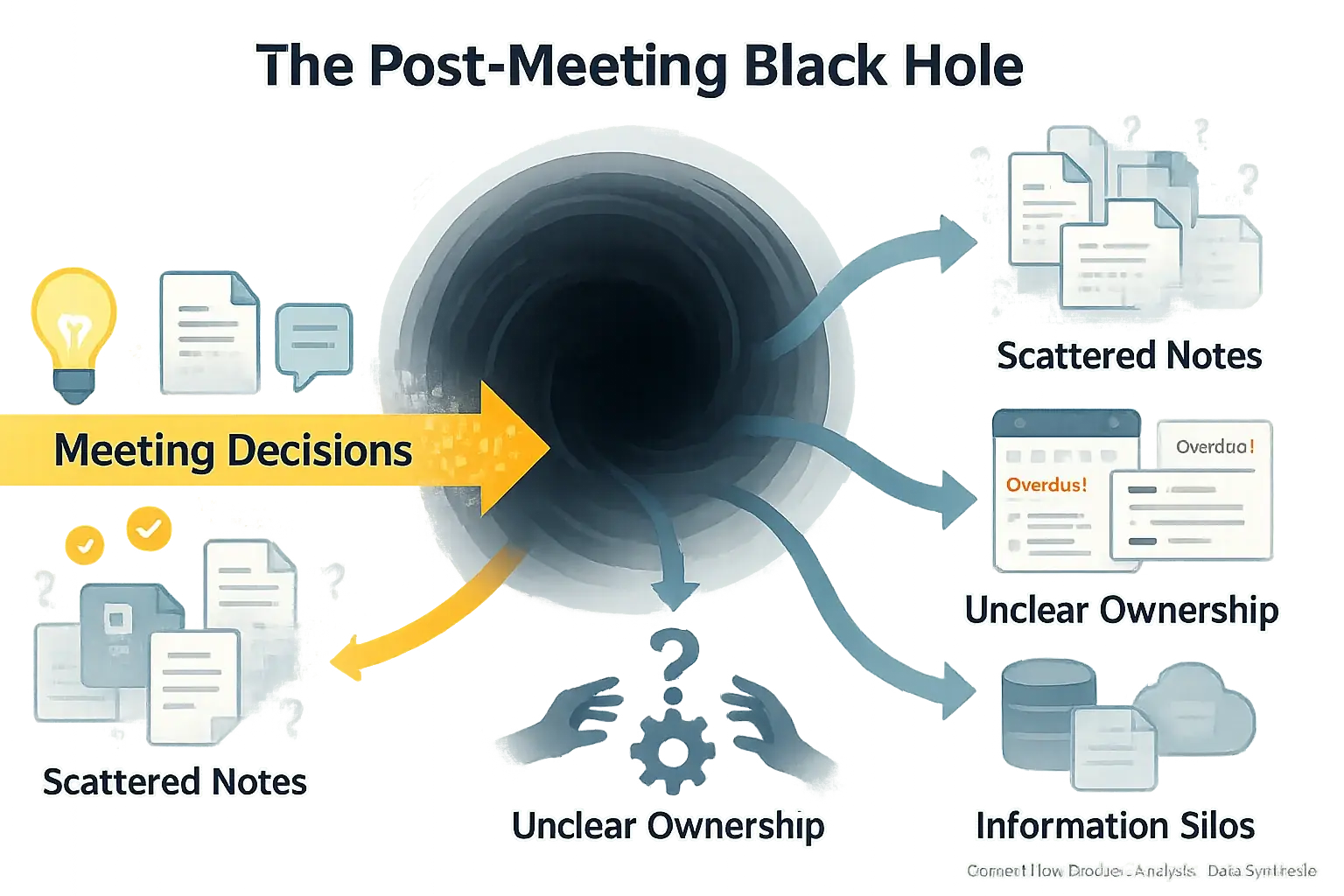
Hybrid meetings conclude. Decisions often disappear. This phenomenon is the post-meeting black hole. You experienced a productive meeting; choices seemed clear. Weeks later, questions arise. Who owns that action item? What was the final decision? This common frustration plagues many hybrid teams, stalling crucial follow-through.
Hybrid environments inherently complicate post-meeting clarity. Vital informal updates fail to reach everyone. Remote colleagues miss spontaneous clarifications. Reliance on fragmented personal notes creates information silos. User reports frequently highlight this absence of a unified, accessible record. This confusion breeds inaction.
User-sourced strategies offer effective fixes. Immediate, clear documentation of decisions is paramount. Assigning explicit ownership for each action item ensures accountability. Dedicated follow-up systems or tools prevent tasks from vanishing. Many users advocate for a central 'decision log'. Others rely on a concise, standardized 'meeting recap' email, distributed swiftly post-meeting. These methods cut through the noise. They keep all stakeholders aligned.
Find Your Hybrid Decision Framework: A Quick Selector Tool
Which Decision Framework Fits Your Hybrid Meeting?
Answer a few quick questions to get a tailored recommendation for your team's next crucial decision. Our insights are based on common user experiences in hybrid environments.
1. How urgent is this decision?
2. How critical is full team buy-in for this decision?
3. What is your team's typical size for this type of meeting?
This tool guides your hybrid decision-making. It suggests frameworks fitting your team's specific situation, because no single method fits all. Your context dictates the best approach.
Try the recommended frameworks; see what clicks for your team's workflow. Share findings. Better decision processes reduce team friction and boost hybrid productivity. Less frustration.
Mastering Hybrid Decisions: Our Key Takeaways for Clarity & Impact

Hybrid decisions present unique hurdles. Many teams struggle with them. Clarity often suffers in these settings. Dominant voices can easily overshadow remote participants. Reaching true consensus becomes a significant challenge. Poor communication frequently fuels these common problems. Mastering these decisions, however, is achievable. Success requires specific, intentional strategies.
True hybrid decision-making demands new thinking. It is not about just copying in-person meetings online. Proactively design processes instead. These processes must level the playing field for everyone. Every voice needs equal opportunity, no matter their location. Focus intently on explicit agreement. Ask: "What did we explicitly agree to?" Document these agreements clearly. This clarity prevents future rework. It also builds trust.
Use these core principles. Transform your hybrid decision-making. Better team outcomes will emerge. Frustration noticeably drops. Mastering hybrid decisions empowers your team. It builds a more inclusive, impactful work culture.


